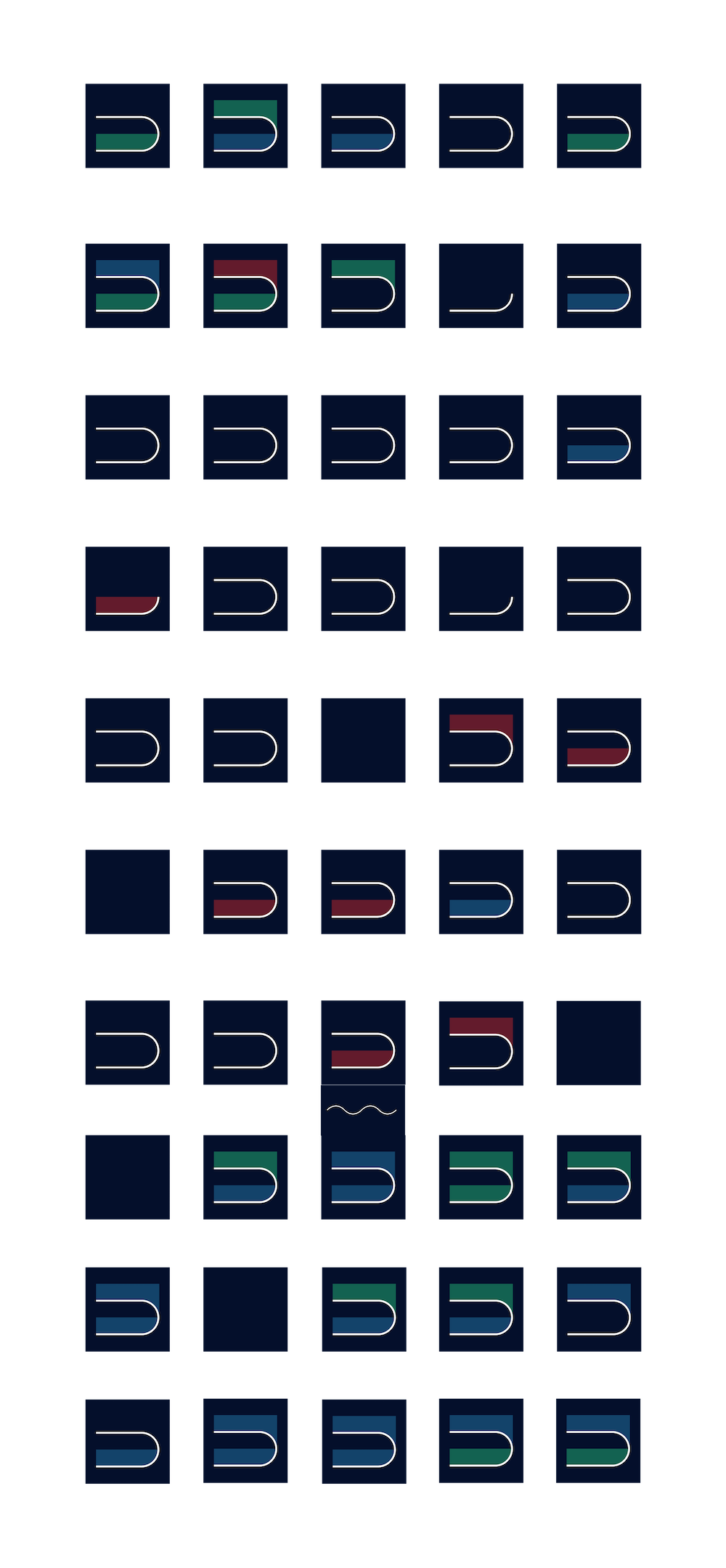

In January 2019 I started riding the Grand Rapids Silver Line bus to and from work. Unlike the Rapid’s standard system, where riders scan their tickets next to the driver as they get on, the Silver Line behaves more like a train, following the Bus Rapid Transit method: passengers are expected to pay their fares by scanning their cards before boarding, in a little kiosk that looks like an ATM, present at every Silver Line station platform. The bus then only has to pause to let people on and off. No one checks you at the door.
However, OCCASIONALLY, there is a FARE ENFORCEMENT OFFICER aboard who asks to see proof of payment. They wear these grey jumpsuits with a walkie-talkie clipped to the belt. They hold a black brick of an electronic device to scan certain types of fare cards and tally riders at each stop. Some days they’re neighborly, barely asking for fares and letting most anyone pass. Some days they’re intent and impatient, especially with certain riders or certain excuses. Occasionally, they just pass over me.
Some days I’ll have to run to make the bus with no time to scan my ticket. Or I’ll just take my chances to ration my 10-ride passes. A 10-ride pass lasts me exactly one week of there-and-back, given 100% obedience. I try to stretch them out a little more.
I started to wonder if there was any discernible schedule or rhythm to when officers rode my route. Or at least any trends. There’s no way the city is going to hire officers to enforce on every single Silver Line bus. (On weekdays, there are 72 buses a day: every 10 minutes between 5:30am–6:00pm, and every half hour the rest of the evening.) To maximize the effectiveness of sparse checks, isn’t unpredictability necessary?
I wanted to know how my superstitious, pattern-seeking fare habits were mounting against the officers' schedules. So for 10 weeks (from July to October) I tracked when I rode, when I scanned my ticket, and when an officer was there to check.

Red “gotcha” shadings mostly end up being times I claimed the kiosk was broken. Or I flashed my card real quick and hope the officer didn’t clarify with me. I’ve never even gotten close to getting kicked off the bus, but I’m usually dressed for work and quick and apologetic with the officer.
Towards the middle of this chart, you’ll see I suddenly started taking my chances a whole lot more, barely ever scanning. In reality, one of my 10-ride fare cards’ magnetic strip was damaged, or something, and the kiosks spat out an error trying to read it. Instead of getting nervous and immediately replacing it, I’d take a picture of the machine giving me an error. If an officer was on the bus, I’d show them the photo, and they always immediately let it slide, since these machines act up all the time. I said to myself that I’d only use this reliable mechanical excuse once on every regular officer I recognized, then get a new card and resume regular fares. However, they started appearing less around then anyway.
Eventually, just before a long weekend, one of the regular officers called me out on my lazy trick. I decided to finally switch to a refillable fair card—the Wave™ card ~ ~ ~ Since, I’ve been scanning it consistently like a good citizen. It’s much more expensive, but it feels cheaper, since I’ve set up an auto-refill through my bank, and I don’t see rides check off and deplete my cards.
But really, I need to think of the inconsistently enforced fares as an extension of the tax I pay for infrastructure I care about. And it’s nice to not have to pull something over on them, since the officers seem more frequent again now, curiously at the same time I started using the refillable card. But I’m probably just looking for patterns that aren’t there.
Here's when officers rode:

For my tiny sample size, their presence is actually more even, or random, than my gut was telling me. I recorded 87 rides. Officers rode to check (green + red) on 22 of those rides (~1/4). They were split fairly evenly by weekday, and morning/evening ride.
(Technically, the least likely time for an officer check is coming home from work Mondays. It never happened. And Thursday evenings were most checked at 4 occurances. However, mornings were slightly more policed, generally, than evenings. And I guess they've been getting later in the week??? Point is, it's disperse.)
I scanned my card (blue + green) 36 times, ~41% of the time I rode. 22 of those times, (~1/4 of all rides) were "wasted" (blue).
Cute coincidence—I scanned my card in vain exactly as many times as an officer rode, whether I'd scanned or not. Those experiences make up almost exactly half my rides. Meaning, the other half of the time, I didn't scan and got away with it.
But that was much easier for that stretch in August. Now it's easier than ever to pay without thinking, and the officers are back.
The city wins by policing erractically: I'm resigned to continue paying consistently now, even if I got away with it half the time, and even though the officers only show up a quarter of the time. I'm not trying to explain myself first thing in the morning.
—
Update, 2 weeks after posting...
